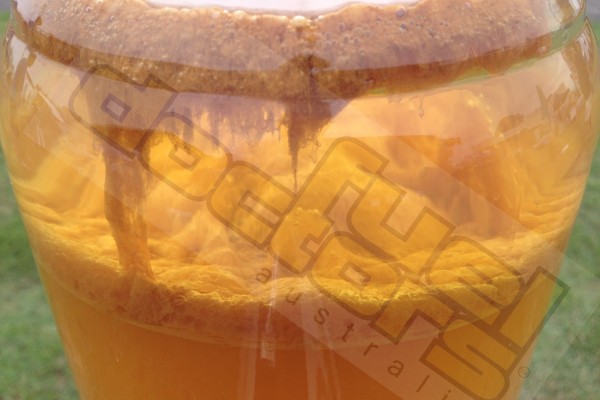How does water and rust get through my fuel filters?
Water, fungal growths and rust are the three elements that will prematurely destroy fuel pumps and injectors.
Fungal growths (cladosporium resinae) in diesel have been an issue since the first diesel electric submarine was built in 1904; the submariners discovered a sticky black slime restricting fuel flow through their filters, they called it Black Death a term still widely used by boaties and truckies today.
Black Death was a diesel only contaminant until 1985 when lead was removed from petrol; the lead prevented the fungal spores from germinating, consequently fungal impacted petrol’s have been a fact of life for over 30 years; it is far from coincidental that the Quality Assurance sight glass on the bowser was deleted at the same time after being in place in one form or another for over 80 years.
Prior to 1985 a service technician would regularly remove the diesel sight glass to clean it, most servo’s only had one diesel bowser and four plus for petrol, with the advent of Black Death in petrol the industry deftly removed the sight glasses thus negating the expense of cleaning and denying us the ability to visually see what we are pumping into our vehicles, the motoring press approached the oil industry on this issue and were advised that sight glasses were no longer necessary as the consumer can now trust us to supply only clean fuel.
Before it was necessary to write war and peace (SWMS & JSA’s) before picking up a shovel Fuel Doctors used to extract and install underground fuel tanks, the average tank is 10 meters long 2.5 metres in diameter and is anchored 1 meter underground, consequently a substantial excavation is required that during times of heavy rain becomes a ground water sump, tanks installed to the appropriate standard have a life expectancy of 25 to 30 years, two thirds of the 25,000 underground tank s in Australia are black steel with the balance being fibreglass, with dip and fill points being at ground level it is inevitable that ground water occasionally finds its way into the tanks.
In the excavation we anchor the tanks plumb (level) as the dip point for reconciliation is always in the centre, the dip drop tube is welded into the tank bottom to prevent the 3.5 mtr dip stick from falling over, the 100mm fill socket is located 600mm either side of the dip point which is normally part of a remote fill some 20 or 30 meters away, these are the only two access points into a tank that is going to be filled and emptied thousands of times in its life with no internal access for cleaning or inspection.
It is only a matter of time due to natural ground movement, site traffic and hydraulicing due to trapped groundwater that the tank will move and drop out of plumb.
Water ingress via faulty pipework, caps and seals will pool at the lowest end, inaccessible from the dip point 5 meters away, to be emulsified into the fuel during each and every road tanker fill.
The agitation created by incoming fuel hitting the bottom of the tank at up to 1000 ltrs per minute emulsifies the water, fungal and flash rust into the fuel, the volume of contaminants, the length of time they have been there and ambient temperature all play a role in how long it takes for the emulsion to break and settle below the suction stub that sucks the fuel up to the bowser, if you fill within this window you will cop a portion of this emulsified material that will have a lessor or greater impact on your fuel system.
If the flash rust particles are smaller than the absolute micron rating of the fuel filter they will pass straight through, there are currently no automotive fuel filters that can prevent a fuel/water emulsion passing through them, the answer Quality Assure every tank of fuel with Fuel Doctor it will break the emulsion and lubricate the rust particles, minimising fuel system damage.

